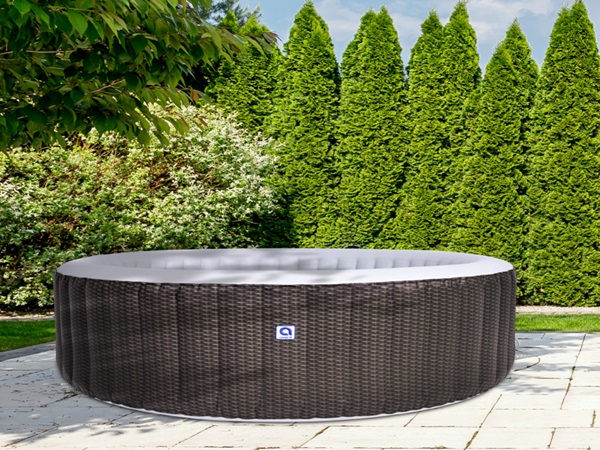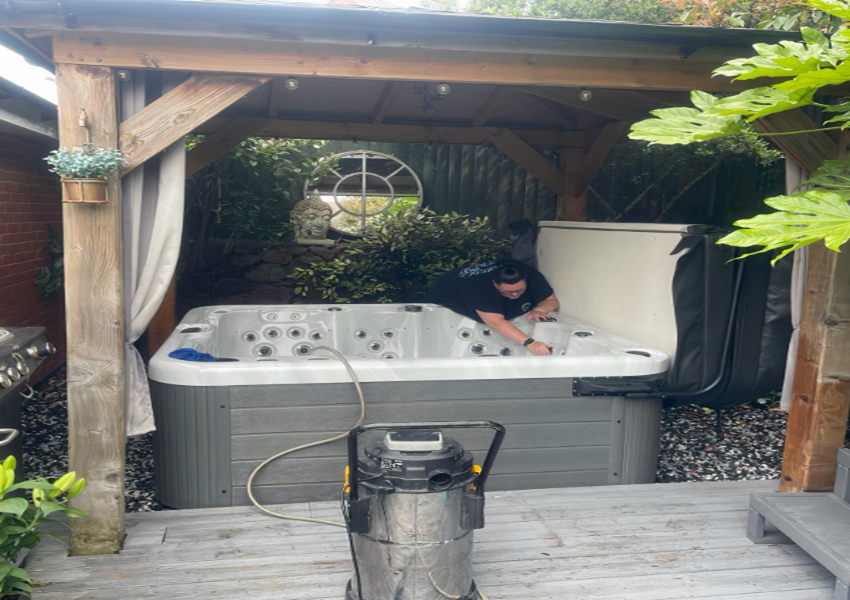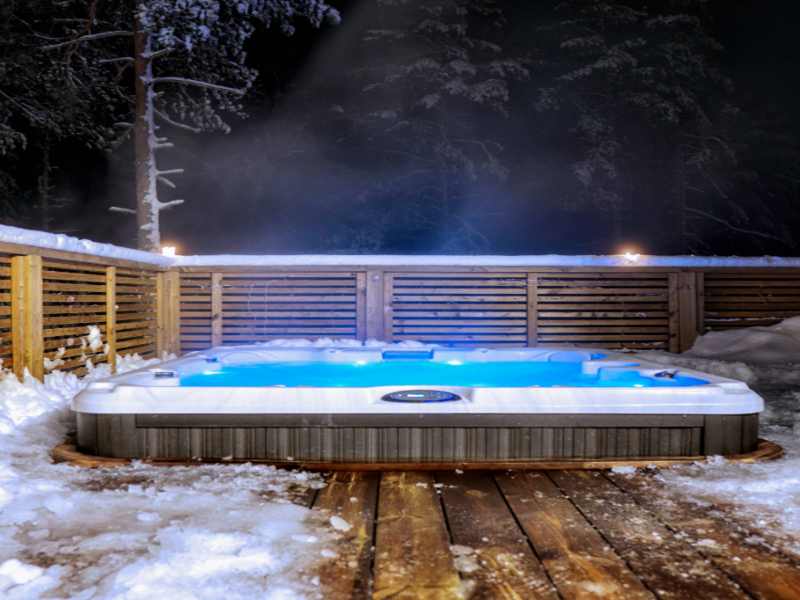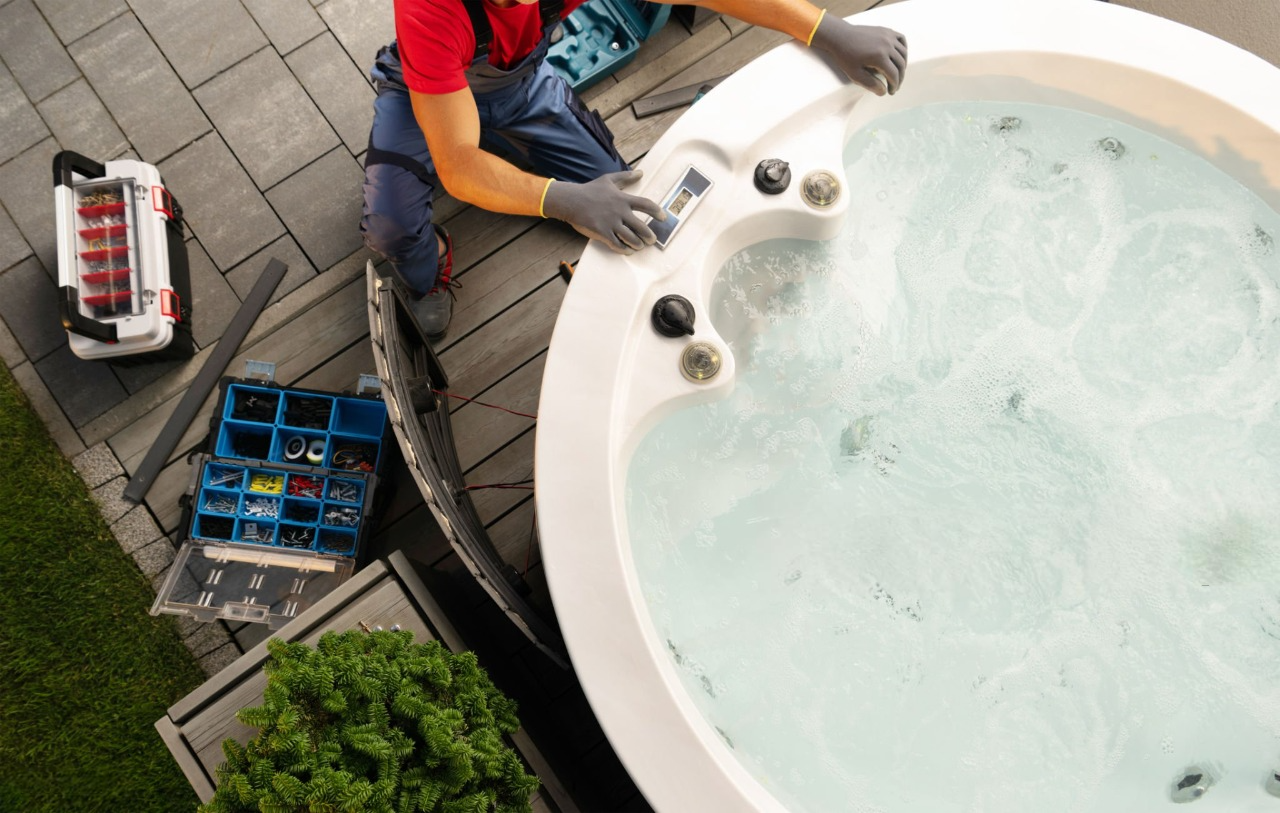Post-workout recovery is just as important as the workout itself. Whether you’re a dedicated athlete or someone hitting the gym a few times a week, recovery strategies can significantly impact your performance, reduce soreness, and help prevent injuries. One powerful yet often underrated recovery method is hot tub therapy. Soaking in a hot tub after a workout isn’t just a relaxing luxury—it’s a science-backed way to support your body’s natural healing processes.
The Science Behind Muscle Recovery
When you exercise, especially during strength training or high-intensity workouts, you create tiny tears in your muscle fibers. This micro-damage triggers the body’s repair process, resulting in muscle growth and increased strength. However, the process also causes soreness, stiffness, and inflammation. Proper recovery allows your muscles to heal, adapt, and grow stronger.
This is where hot tub therapy comes in, offering a combination of heat, buoyancy, and massage through water jets that can speed up recovery and reduce discomfort.
Benefits of Hot Tub Therapy After Workouts
1. Improved Blood Circulation
Heat is known to dilate blood vessels, which enhances blood flow throughout the body. Increased circulation means that oxygen and essential nutrients are delivered more efficiently to muscle tissues, speeding up the healing process. Improved circulation also helps flush out metabolic waste products like lactic acid that can accumulate during intense workouts and contribute to soreness.
2. Reduced Muscle Soreness and Stiffness
Delayed Onset Muscle Soreness (DOMS) typically sets in 24 to 48 hours after strenuous exercise. Soaking in a hot tub can help alleviate this discomfort. The warmth relaxes tight muscles and reduces stiffness, allowing for a greater range of motion. This can be especially helpful for people engaging in strength training, running, or high-impact sports.
3. Pain Relief Through Hydrotherapy
The massaging action of water jets in a hot tub mimics the effects of a deep-tissue massage. Jets target specific muscle groups, loosening knots and easing tension. Combined with the buoyancy of water, which reduces pressure on joints and muscles, this creates a powerful pain-relief system. It can also be a safer, lower-impact alternative for individuals recovering from injuries or dealing with chronic pain.
4. Stress Reduction and Better Sleep
Physical recovery isn’t only about muscles—it’s about your whole body, including your mental state. Intense workouts increase cortisol (a stress hormone), and chronic stress can hinder recovery. Immersing yourself in a hot tub has a calming effect on the nervous system. The warmth promotes relaxation, lowers stress levels, and can improve sleep quality. And better sleep means better recovery, as most muscle repair occurs during deep sleep.
5. Buoyancy for Active Recovery
Floating in water takes the weight off your joints and spine, providing relief from the physical strain of exercise. Some hot tub users engage in light stretching or movements while submerged. This form of active recovery helps maintain flexibility and reduces the risk of post-workout tightness without placing additional strain on sore muscles.
When and How to Use a Hot Tub Post-Workout
To maximize the benefits, it’s important to use hot tub therapy properly. Here are a few tips:
-
Wait 30–60 minutes post-exercise before soaking. Immediately entering hot water after a workout can sometimes increase inflammation. Allow your body time to cool down.
-
Limit soak time to 15–20 minutes. Staying too long can lead to overheating or dehydration.
-
Hydrate before and after your soak. Heat increases sweating, so keep water nearby to stay hydrated.
-
Combine with other recovery techniques, such as foam rolling, stretching, or cold therapy, depending on your fitness goals.
Conclusion
Hot tub therapy offers more than just post-workout relaxation—it’s a valuable tool for enhancing muscle recovery, improving circulation, and reducing soreness. Whether you’re looking to bounce back quicker between workouts or simply want to feel better after a long training session, spending time in a hot tub can be a game-changer. Incorporate it wisely into your fitness routine, and your body will thank you.




